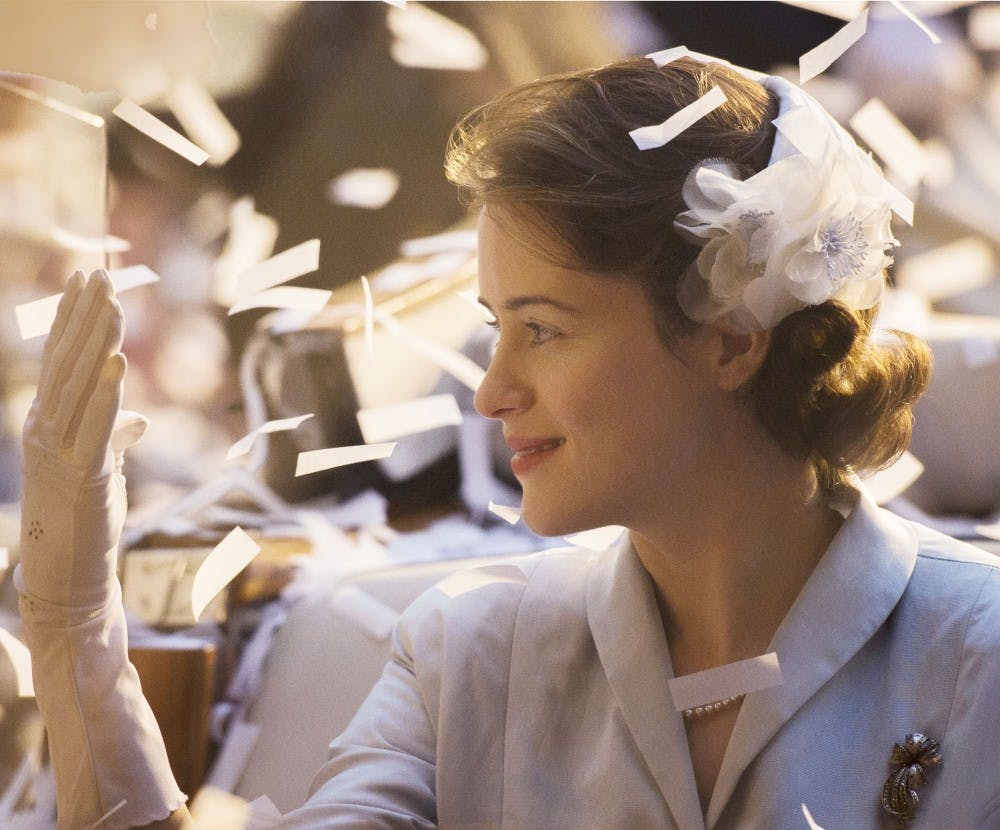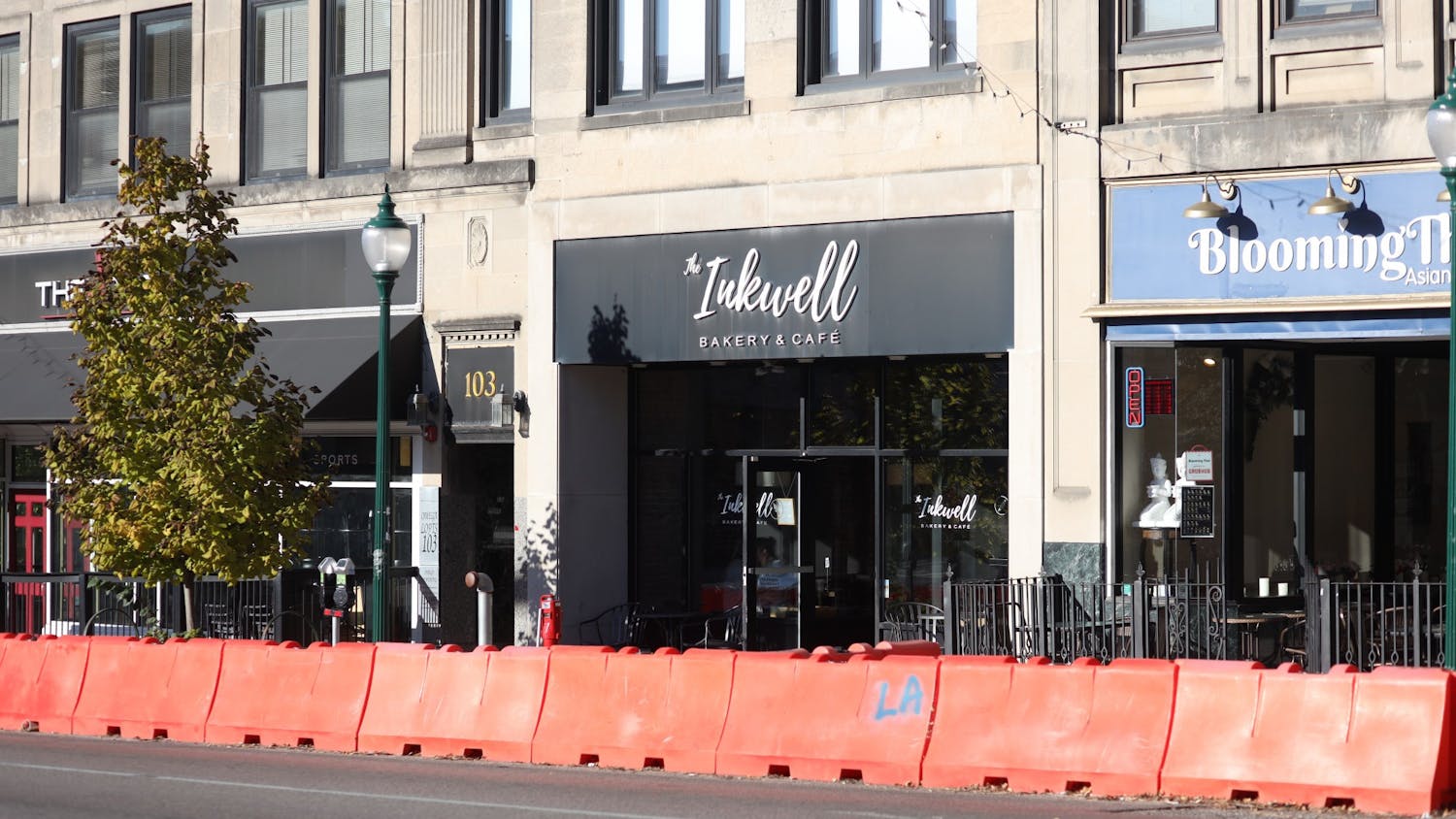Those looking for a reprieve from the current American political landscape need look no further than Netflix’s new period drama “The Crown,” which follows the life of Queen Elizabeth II in her first decade in power.
This year’s election has been tasteless at the best of times and downright appalling at the worst — and while the British monarchy may not be everyone’s cup of tea, it certainly isn’t lacking in class.
Americans tend to know very little about the state of British politics (perhaps rightfully so, considering the state of our own country), but the enduring figure of Queen Elizabeth II is one that we all recognize and respect.
It seems, at times, that the Queen has been stuck in time for the past century — forever the stern, brightly attired, perfectly coiffed old broad, inseparable from our idea of England as a nation.
“The Crown” challenges these ideas simply by starting at the beginning. Its first episode begins on the eve of Elizabeth Windsor’s 1947 wedding to Philip Mountbatten. While she battles wedding-day nerves, her father King George VI begins a losing fight with lung cancer.
“The Crown” focuses primarily on Elizabeth’s ascent to the English throne, but it also makes a study of power in many hands — from George, who never wanted or expected to be king, to his brother King Edward VIII, who famously abdicated the throne in order to marry the divorced woman he loved.
Winston Churchill, played with utter gusto by John Lithgow, also makes many an appearance as Elizabeth’s first prime minister. He is occupying his second term as prime minister, and despite his age and deteriorating health, wields an enormous amount of power over Britain — for better or worse, as the series shows.
“The Crown” is at its best when navigating these complicated layers of power and responsibility. The fifth episode, which navigates Elizabeth’s extravagant coronation, shows much of it from the perspective of Edward.
He abdicated before he had the chance to ever be coronated, and left both his family and country behind in favor of his chosen wife. While Edward is rarely painted as a sympathetic character, the juxtaposition between the former king who chose love over duty and the young, woefully unprepared girl who will give her life to her country for 64 years and counting is achingly poignant.
A strong list of supporting actors and perfect casting choices boost “The Crown” from everyday period drama to top-notch television. Claire Foy, as the young Elizabeth, anchors the series with the ability to insert warmth and character into the chilly, hyper-polite persona that Elizabeth is forced to occupy.
Matt Smith of “Doctor Who” fame joins Foy as Elizabeth’s husband Philip, and his performance is appropriately hot-blooded and prideful.
It’s difficult to see yet another powerful woman set upon by a host of men who hope to undermine her authority, which is why the showdowns between Elizabeth and Philip are so satisfying. In the end, everyone kneels before the Queen — even her husband.
And what a Queen she is.
In the course of 10 episodes, Elizabeth grows from an unsure young woman, barely out of her teenage years, into a commanding nation’s ruler. This flattering yet honest portrayal is thanks to the writing of Peter Morgan, who penned the entirety of the show for Netflix.
“The Queen,” the 2006 film starring Helen Mirren — which Morgan also wrote — takes a similarly complimentary stance on the monarchy.
At a production budget of over $130 million, “The Crown” is said to be Netflix’s most expensive series ever made, and it shows. From a picture-perfect recreation of Elizabeth’s coronation to meticulously crafted costumes and sets, the show drips with sophisticated extravagance.
It’s not a perfect show by any means; “The Crown” struggles with pacing at times, and some viewers will likely find it too restrained or downright boring for their taste.
If the promiscuous princesses of “The Royals” are more up your alley or if you can’t sit through a cabinet meeting without Frank Underwood breaking the fourth wall, “The Crown” may not be for you.
But with such restraint comes a fascinating examination of the role of the monarchy, and of the people who are thrust, upon birth, into its lifelong sentence.
Each episode of the series focuses on a different set of obstacles that Elizabeth dealt with during the first decade of her reign, not the least of which concern the Queen’s unruly sister Margaret and her controversial love affair with a divorced captain.
It’s these conflicts, in which Elizabeth must reconcile her personal sense of self with her duty to the nation, that reflect back on the ancient, stern image of the Queen that we see today.
How much of Elizabeth Windsor is left under those white curls and brightly colored hats? How much has been allowed to remain?
“The Crown” will attempt to answer those questions in the course of its six-season run, during which it will examine the majority of Elizabeth’s reign.
For now, grab your cup of tea and box of biscuits, and go back to an era where the marriage of a former king to a divorced American was the biggest political scandal anyone could imagine. What a world that would be.
Kate Halliwell
khalliwe@indiana.edu
@kate__halliwell




